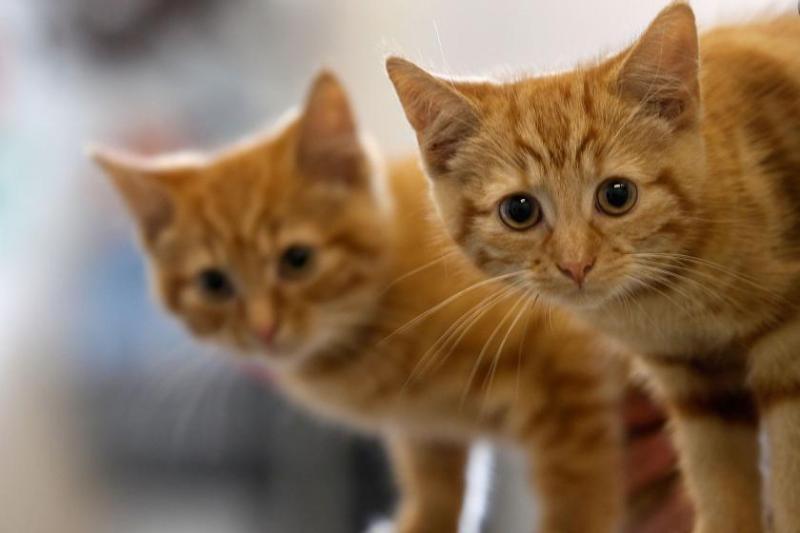Australia is trying to kill its cat population by dropping poisonous sausages from planes


Australia is trying to kill its cat population by dropping poisonous sausages from planes

Australia is waging war, but it has an unlikely opponent.
The Australian government is trying to kill two million free roaming cats by 2020 in an effort to rid the country of its feral cat population, reports CNN . The country's total feral cat population is estimated to be between two and six million.
Cats are the single biggest threat to Australia's native species according to Gregory Andrews, national commissioner of threatened species. Cats kill more than 1 million native birds and 1.7 million reptiles in Australia every day, says CNN, and felines span nearly 100 percent of the country.
Officials are carrying out the killings by dropping sausages from airplanes into areas where the cats are known to be living, reports Insider . The sausages, which are laced with an ingredient deadly to animals, are cooked with flavors most appealing to cats, per The New York Times .
"They've got to taste good. They are the cat's last meal," Shane Morse, who works with the sausages, told the Times .
But despite being a conservation effort, many conservationists disavow the killings. Tim Doherty, a conservation ecologist from Deakin University in Australia, told CNN that the plan is based on shaky science, and he said it only helps if the killed felines were already living in an area where they threatened native species.




At least they aren't hiring big game hunters to kill them with bows and arrows.
-
Cats are held as pets, so it becomes more emotional , and understandably so. If it were two million rats or snakes it wouldn't be much of a story.
The sausages, which are laced with an ingredient deadly to animals, are cooked with flavors most appealing to cats, per The New York Times .
As my Sainted Mother would say: The road to hell is paved with good intentions. Of course all the other animals know not to eat the sausages, or would they be considered collateral damage.
Whether we like it or not, we -- humanity - are responsible for all tje world's ecosystems. We have more or less eliminated all the apex predators -except ourselves, but we're working on that, too.
"Natural equilibrium" doesn't exist any more, so we must do things like this.
All kinds of feral animals introduced by white Europeans.
We Have to Do Something About Outdoor Cats - lots of links in the article